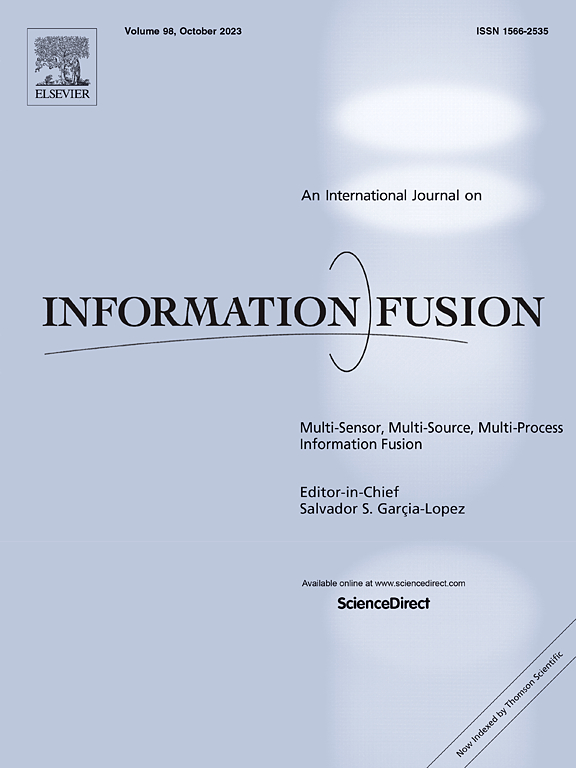Anomaly detection for microservice system via augmented multimodal data and hybrid graph representations
IF 14.7
1区 计算机科学
Q1 COMPUTER SCIENCE, ARTIFICIAL INTELLIGENCE
引用次数: 0
Abstract
Accurate anomaly detection is essential for ensuring the reliability of microservice systems. Current approaches typically analyze system anomaly patterns using single-modal data (i.e., traces, metrics, and logs) while neglecting the class imbalance between normal and abnormal samples, which can easily lead to misjudgment. This paper propose AMulSys, a graph-based anomaly detection approach, which adopts a hierarchical architecture to simultaneously model three modal data. First, we employ a unified graph structure to analyze the intricate scheduling relationships of traces and integrates various metrics to represent the system’s resource consumption. Meanwhile, to capture the execution paths between logs in interactive services, we design a log heterogeneous graph modeling method, where the service to which the log event belongs is represented as a vertex attribute, and allows distinguishing the paths of the same and different services. Second, we propose a category prior guided multimodal data augmentation algorithm to alleviate class imbalance. It extends the Mixup to multimodal representations and incorporates category priors to bias the synthetic samples labels to the abnormal category. Furthermore, considering the impact of hard samples under class imbalance, we select and assign weights to hard samples, and perform multifaceted contrastive learning based on intra-/inter-modal and inter-sample to optimize pseudo sample. Evaluation results on two real microservice system datasets show that AMulSys outperforms state-of-the-art approaches and achieves an F1-score higher than 0.97.
求助全文
约1分钟内获得全文
求助全文
来源期刊

Information Fusion
工程技术-计算机:理论方法
CiteScore
33.20
自引率
4.30%
发文量
161
审稿时长
7.9 months
期刊介绍:
Information Fusion serves as a central platform for showcasing advancements in multi-sensor, multi-source, multi-process information fusion, fostering collaboration among diverse disciplines driving its progress. It is the leading outlet for sharing research and development in this field, focusing on architectures, algorithms, and applications. Papers dealing with fundamental theoretical analyses as well as those demonstrating their application to real-world problems will be welcome.
 求助内容:
求助内容: 应助结果提醒方式:
应助结果提醒方式:


